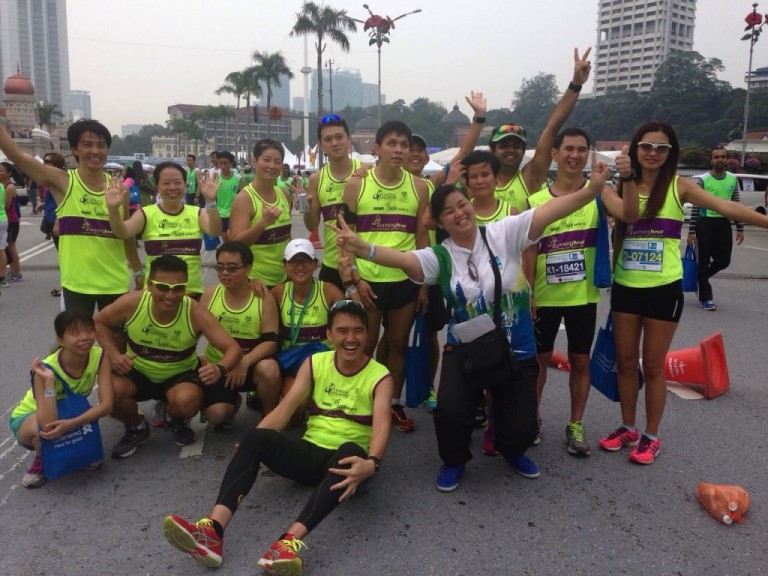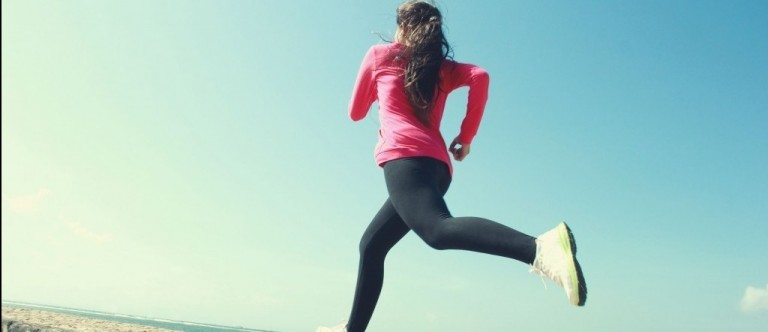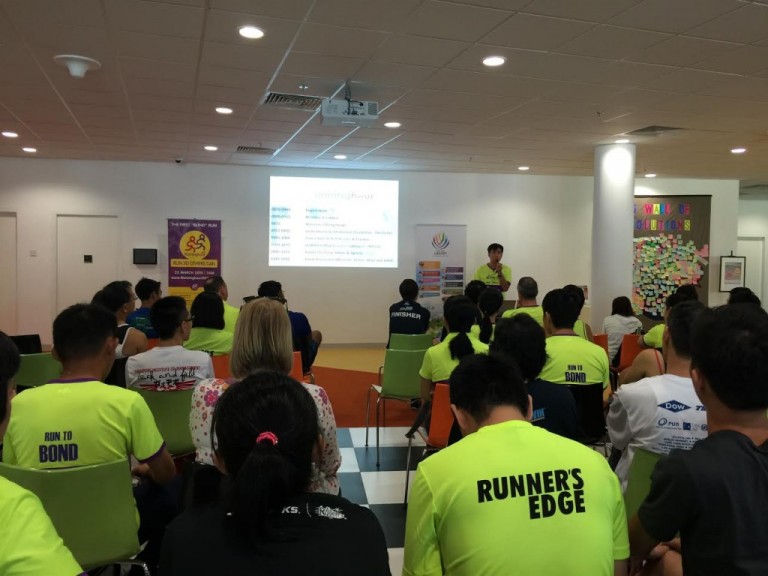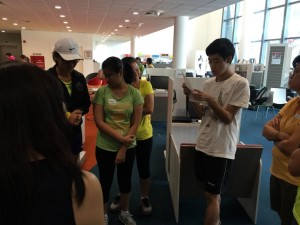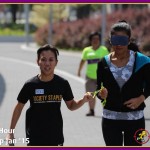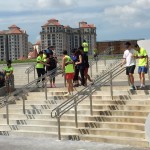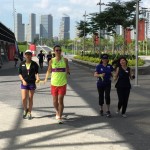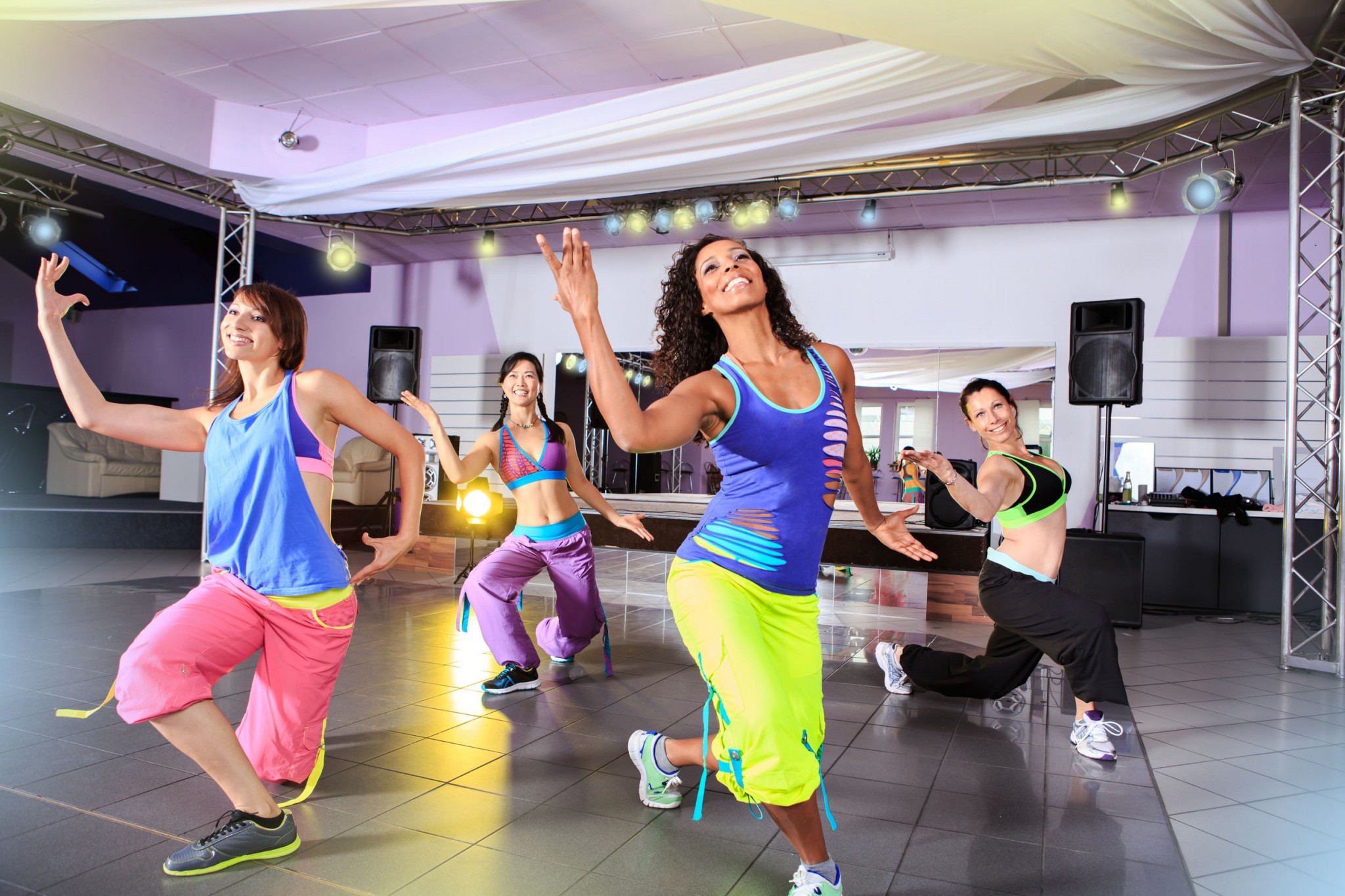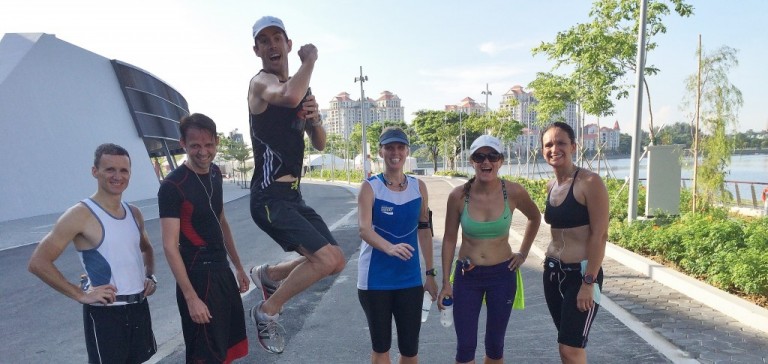So, you read our article on how it’s never too late to start running, no matter how late in life, and you are convinced. Or perhaps you are determined to push your boundaries after reading the truly inspirational story of Ms Gloria Lau. Either ways, you’ve got your head and heart in the right place, and now you’re looking for tips on how to start. Read on.
Starting from Zero
If you are currently leading an inactive lifestyle, with little to no physical activity, start with a visit to your health care provider. Chances are, you will be encouraged to exercise! Instead of jumping right into it, however, give yourself some time to get accustomed to the activity.
As the saying goes, you must learn to walk before you can run. Begin with a realistic and achievable 20 to 30 minutes per day; once you can maintain this for two weeks, you are ready to incorporate some running to your workout.
Start by replacing every fifth minute of your walk with a minute of gentle jogging, so you are walking 4 minutes and jogging one minute, giving you a total of 6 minutes of jogging time in this workout. Assess how you feel after each minute of running time – you want to be pushing yourself enough to raise your heart rate, but if you are completely breathless or if you feel pain anywhere in your body, you are running too hard. Keep your effort at a level 5 or 6 on a scale of 1 (being so easy you can last for hours) to 10 (being impossible to maintain for more than a few seconds).
As you progress over time, increase the number of running minutes per workout. First, start by decreasing your number of walking minutes between each running minute. Once you are able to comfortably run a minute for two minutes of walking (giving you 10 sets of walk-run), you are ready to lengthen your running intervals.
Your next step is to run-walk for equal amounts of time. Start with 90 seconds of running for 90 seconds of walking (10 sets of walk-run), and progressively increase to 2, 3, 4 minutes etc. As you begin to lengthen your running intervals, you may also find that you no longer need an equal amount of time of walking to recover from the effort. This is a sign that your cardiovascular system has adapted, and you can confidently aim for 20 or 30 minutes of continuous running without negative consequences to your health.
Aim to do this three times a week, while maintaining your 30-minute walks for the days you are not running.
Active Seniors
Are you already attending weekly salsa lessons at the local CC, or do you start your weekend mornings with a round of Tai Chi? You are definitely on the right track to good health. Perhaps you are looking for an aerobic activity to complement your yoga, or the running craze that has swept Singapore in the last couple of years has piqued your curiosity. Maybe you even received a challenge or an invitation to participate in a 5K with a friend or family member!
While you are already in relatively better shape than your sedentary counterparts, it will probably not hurt to pay a visit to your doctor for clearance to commence running. Your ability to transition from other sports to running will depend on how vigorous your current activities are. If you’re doing sports Pilates and golf, you may wish to start with the walk-run technique as outlined above.
If you currently engaged in more aerobic exercises like swimming, you have a much better developed cardiovascular system. There is a temptation to test your capabilities by running at a hard effort. Take note, however, that running taxes the system in several ways, and oftentimes, our cardiovascular system develop much more quickly than our musculoskeletal system. This means your heart may be able to take the strain, but your knees will not thank you for it. Resist the temptation, and you will avoid injuries.
Find a running buddy with more experience to guide you through the initial training period; they will have invaluable advice to offer, ensuring you build a proper foundation. Then set yourself a target, either running continuously for 30 minutes, or sign yourself up for a community challenge, as this will keep you motivated. Finally, become a running buddy to someone new, you are now ready to inspire and support!





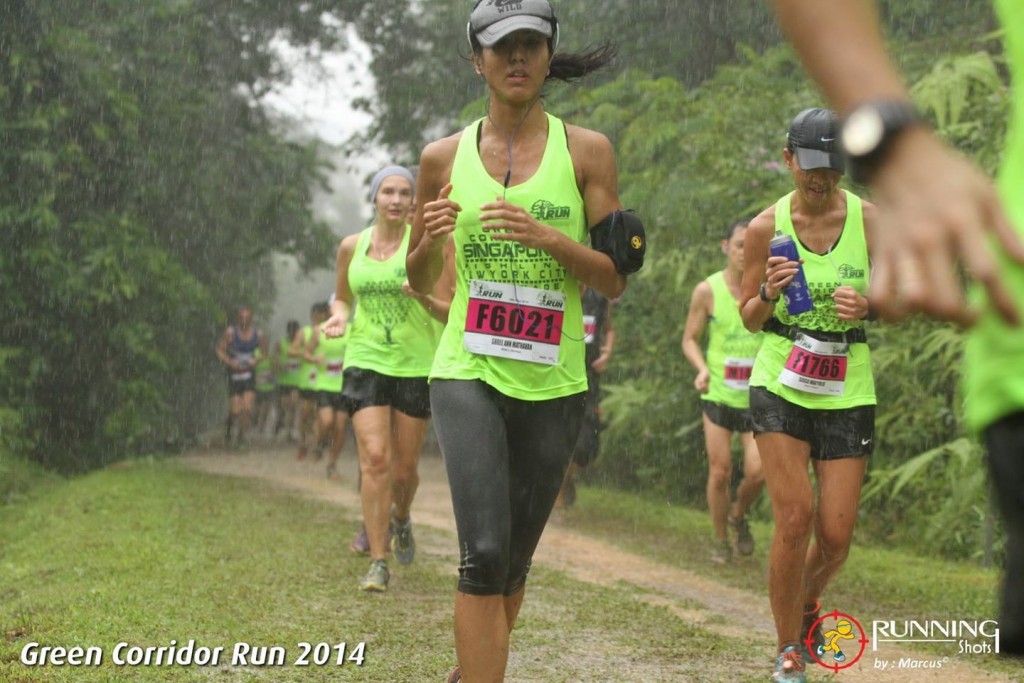

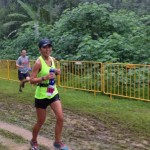

















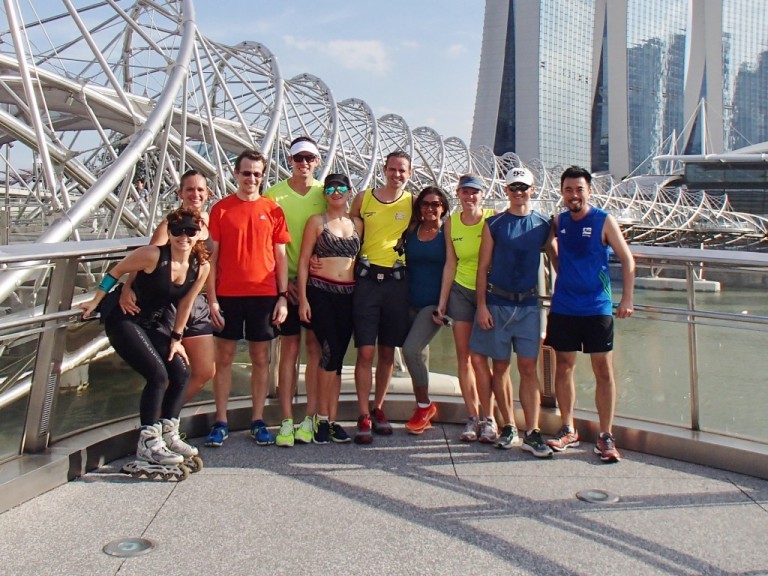


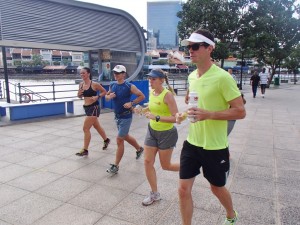
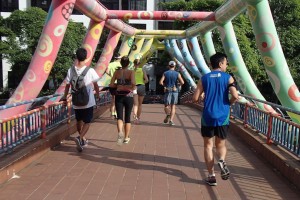

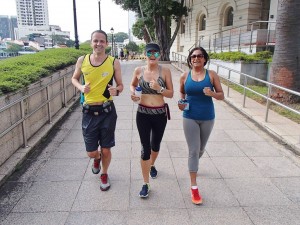








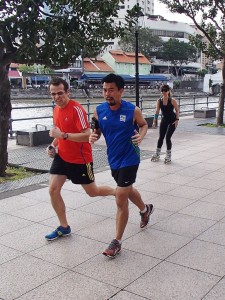
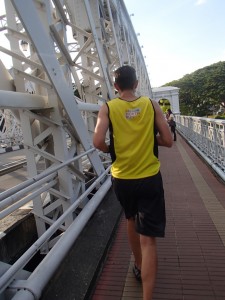
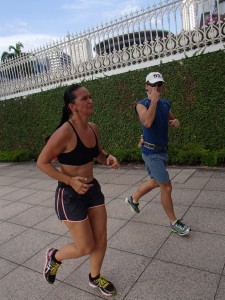




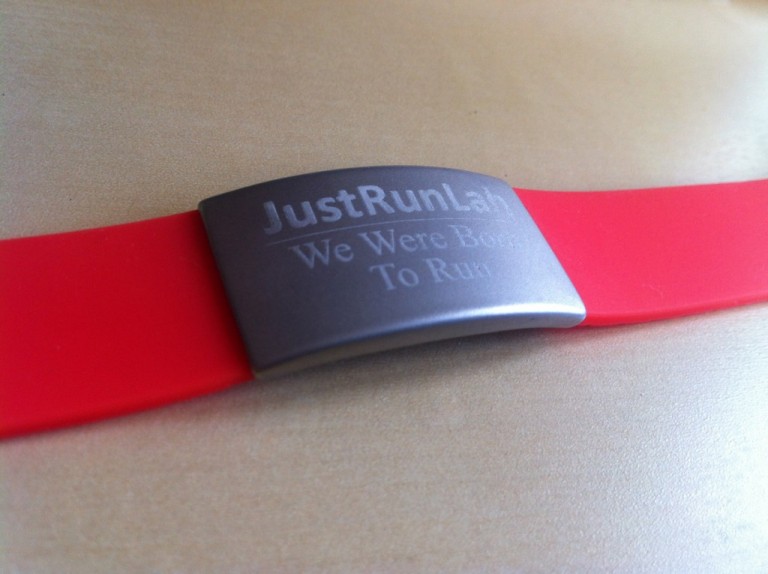



![Race Review: Penang Bridge International Marathon 2014 [21km] (by ‘kikurazz’) Race Review: Penang Bridge International Marathon 2014 [21km] (by ‘kikurazz’)](https://www.justrunlah.com/wp-content/uploads/2015/01/penang-bridge-768x512.jpg)


